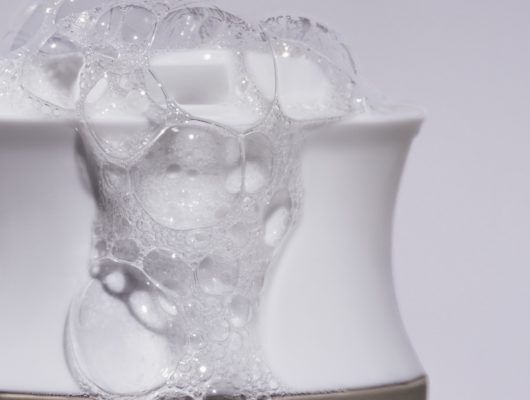
Is double shampooing good for your hair?
In the universe of personal care, much ado is made about the detriments of frequent hair washing, which can deprive hair of natural oils, lead to sebum imbalances, and cause damage to your tresses in the long term.
But what about doubling up for a squeaky-clean feeling? Should you shampoo twice?
Double shampooing may be an ideal solution for those who need a comprehensive hair washing routine that isn’t inordinately stressful to the hair and scalp. Below, we offer a complete overview of how double shampooing can foster healthier hair and longer times between washes.
What is double shampooing?
Double shampooing is a haircare technique where your hair and scalp are washed twice in the same session. In the shower, this translates to lathering up, rinsing out, then repeating the cycle a second time.
When done right, double shampooing gives adequate attention to the two main players in the condition of your hair:
- The scalp – Ideally, the target of your first shampoo go-around is to cleanse and nourish the scalp. The bedrock of healthy hair, the scalp is also usually the main site of build-up caused by dandruff, excess oil, dirt, and product residue. The first lather-and-rinse should clear away debris and deliver hydration at the root to foster healthy hair growth and balanced oil production.
- The Hair – The second round of shampoo focuses on the hair, rinsing away any remaining debris left over from the first wash. Wash #2 can also deliver extra support to your scalp, which is primed to absorb nourishment after being adequately cleaned.
Another way to use this technique is to gain multiple benefits from your hair products. Using two shampoos that are both gentle and versatile may earn you more benefits than piling on products post-wash. For instance, you may use a clarifying detox shampoo once a week to remove product buildup, followed by a volumizing shampoo to bring back body to your hair.
Benefits of shampooing twice
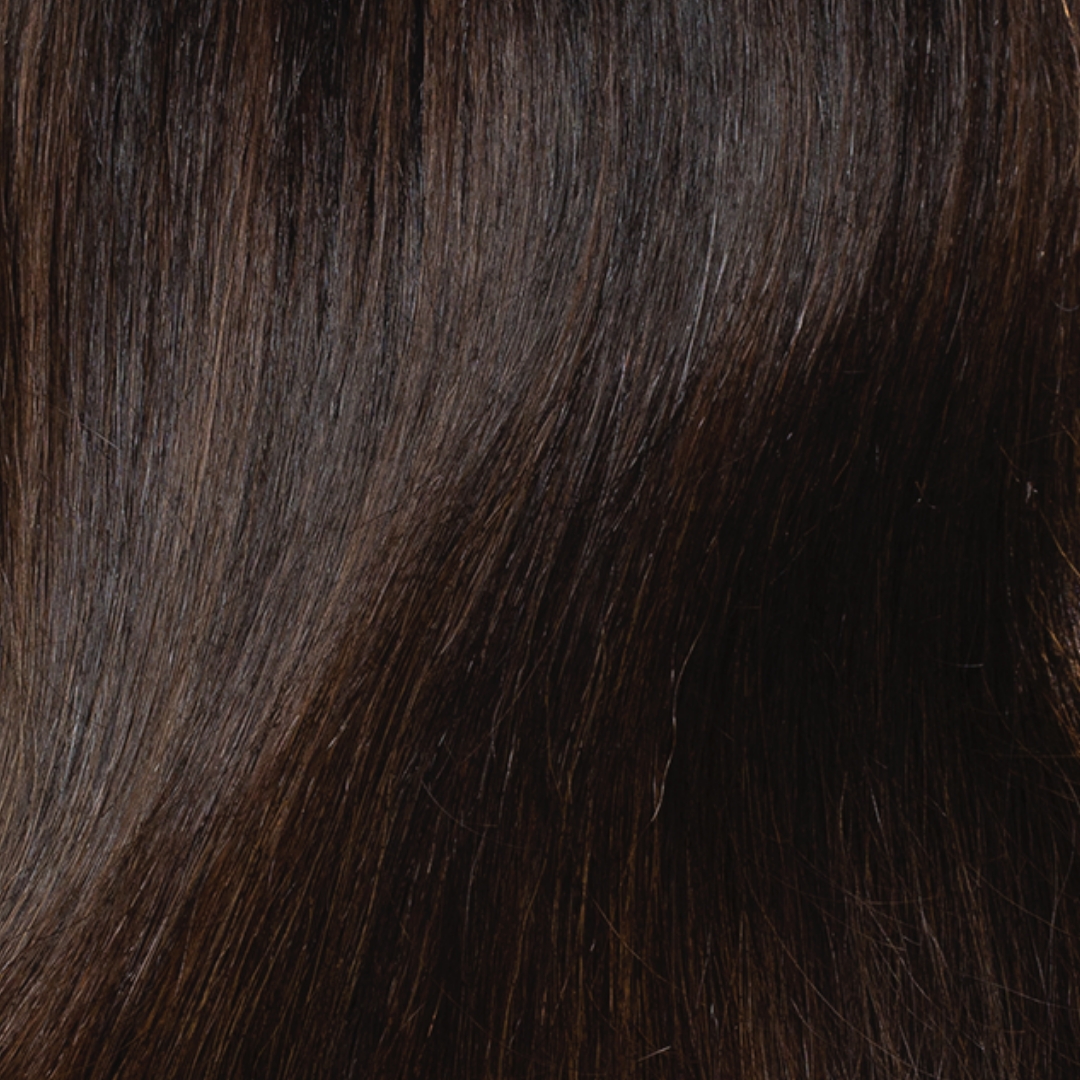
Double shampooing has several benefits that can improve your haircare routine and overall hair health:
- It helps better clarify the hair and scalp, enabling any other products you use to work more effectively.
- It can help to distill natural hair texture, which may be impaired due to congestion.
- It prolongs periods between washes, enabling hair to stay cleaner for longer.
- By reducing the time between washes, you’ll expose your hair to less hard water (which can deplete volume and leave unwanted minerals on the scalp).
If your styling routine is on the product-heavy side, double washing can help ensure your hair and scalp get a true clean—without the agitation or dryness that comes with over-washing.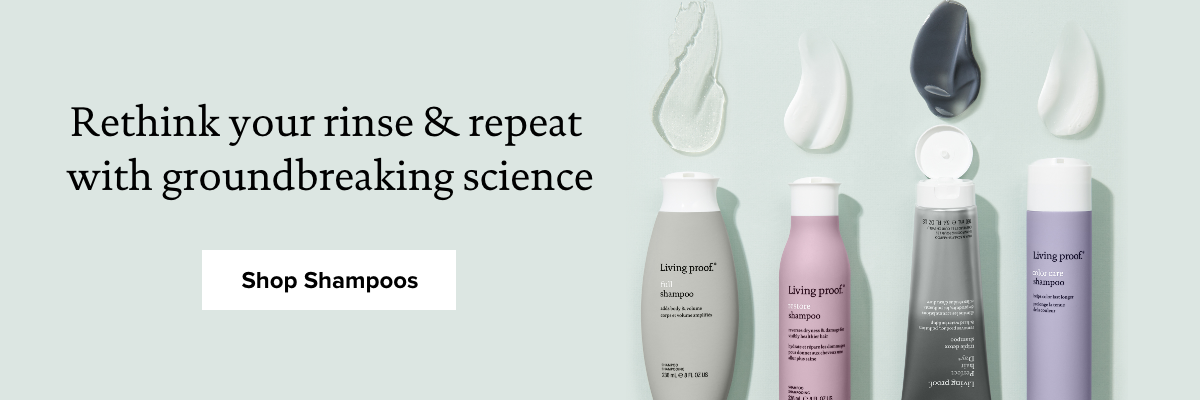
How often should you double shampoo?
There are multiple factors that affect how often you should wash your hair, whether you’re used to shampooing once or two times.
When determining how much washing is appropriate, you may want to consider the following factors:
- Your styling routine
- Your hair texture
- Whether your hair is color-treated
- The weather and climate in your area
- The season
- How physically active you are
If you’re already in the habit of double shampooing, you’ve probably noticed you’re able to go longer between washes.
If you’re just taking double shampooing for a spin, start with 1-2 washes per week and see how your hair responds. A haircare routine where hair is washed daily or every other day can often result in over-productive oil glands, and it may take some time to retrain your scalp to ease back into balance.
How to properly double shampoo
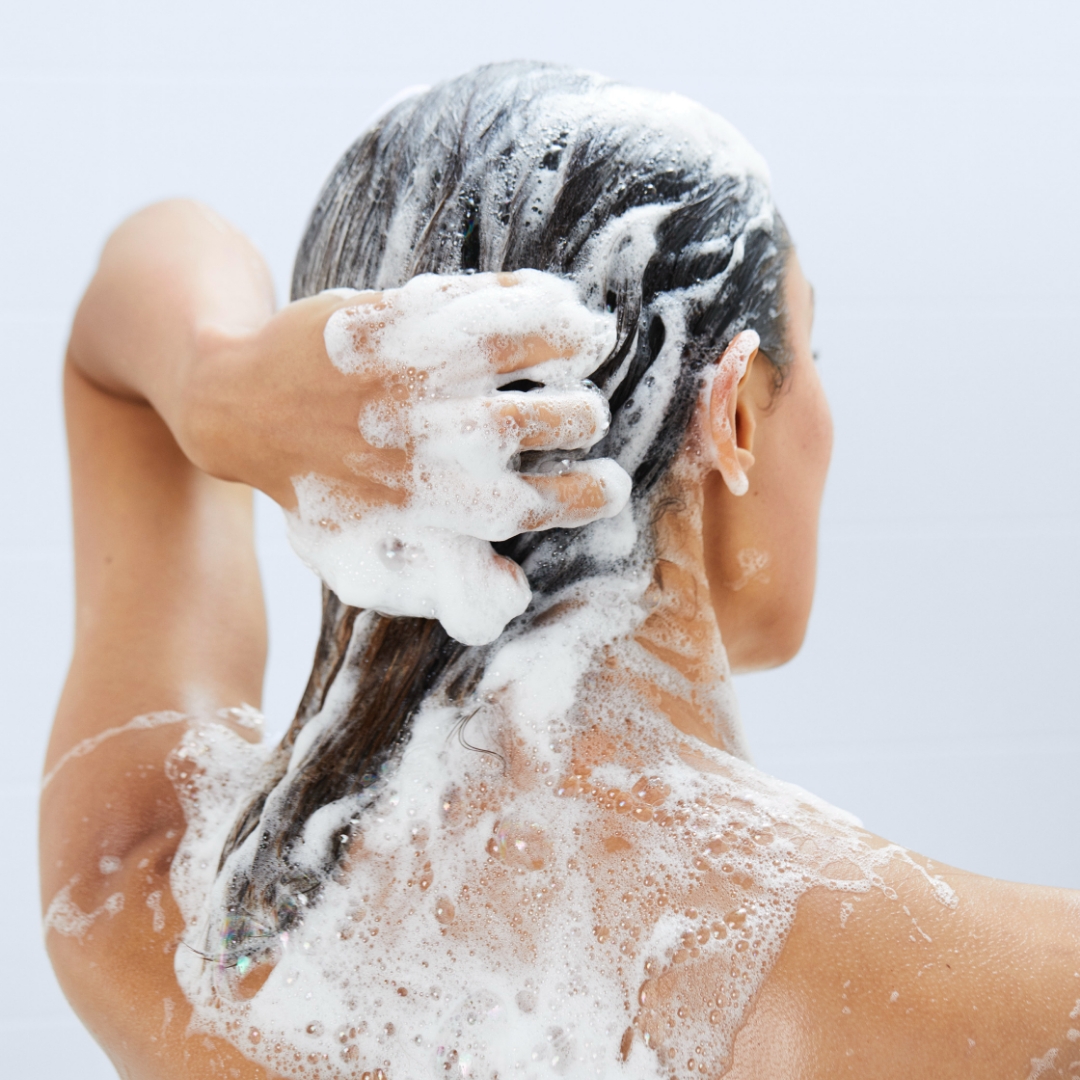
Ready to try this hair-washing technique for yourself? Here’s the right way to do it.
- Step 1 – Before you hop in the shower, make sure you’re using 1 or 2 sulfate-free shampoos. Sulfates, a type of lathery surfactant, strip your strands whether you’re washing them once or twice. Opt for sulfate-free gentler formulas that bind to debris (rather than nourishing scalp oils) and rinse them away.
- Step 2 – Use a scalp-nourishing shampoo first. Focusing on the roots, massage the product into your scalp for up to a minute. Rinse.
- Step 3 – Once you’ve cleared the suds away, take your second shampoo—for example, a hydrating or anti-frizz formula—and administer approximately half of what you used in your first round. Begin at the roots, but give some focus to the middle of your hair.
- Step 4 – Rinse completely with cool or warm (not hot) water, and follow with a conditioner on the ends of your hair.
If you’re trying double shampooing for the first time, we recommend keeping your hairstyling routine the same to see the effect this one change can have on your hair.
Get more out of your washes with Living Proof
Why shampoo twice? If your routine uses several products (including dry shampoo), this method can help reduce buildup and the necessary frequency of washing. But before you double down on your shampoo routine, remember that double shampooing requires gentler formulas like those in the Living Proof collection. Do some research to learn more about the different types of shampoo and what to look for in shampoo to ensure you pick the right ones for you.
Every Living Proof shampoo is formulated to foster clean, vibrant hair from root to tip with formulas that won’t deplete your hair’s natural resiliency, whatever condition it’s in.
Shop our hair products online today to find the solutions you need for your next hair refresh.
- PubMed. Scanning electron microscopy of hair treated in hard water. https://pubmed.ncbi.nlm.nih.gov/26711619/
- McGill University. Sulfates in Shampoo. https://www.mcgill.ca/oss/article/did-you-know-general-science/sulfates-shampoo

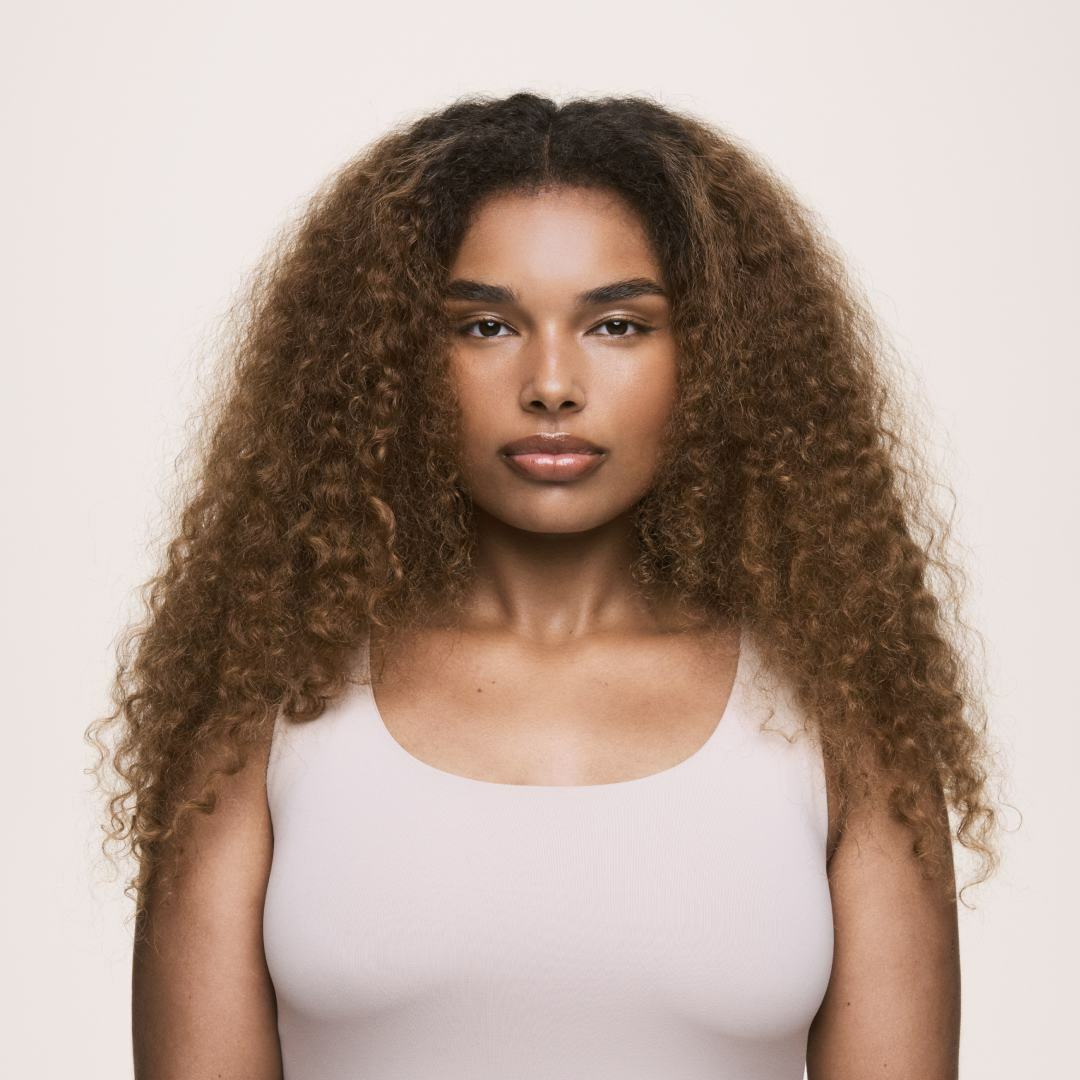
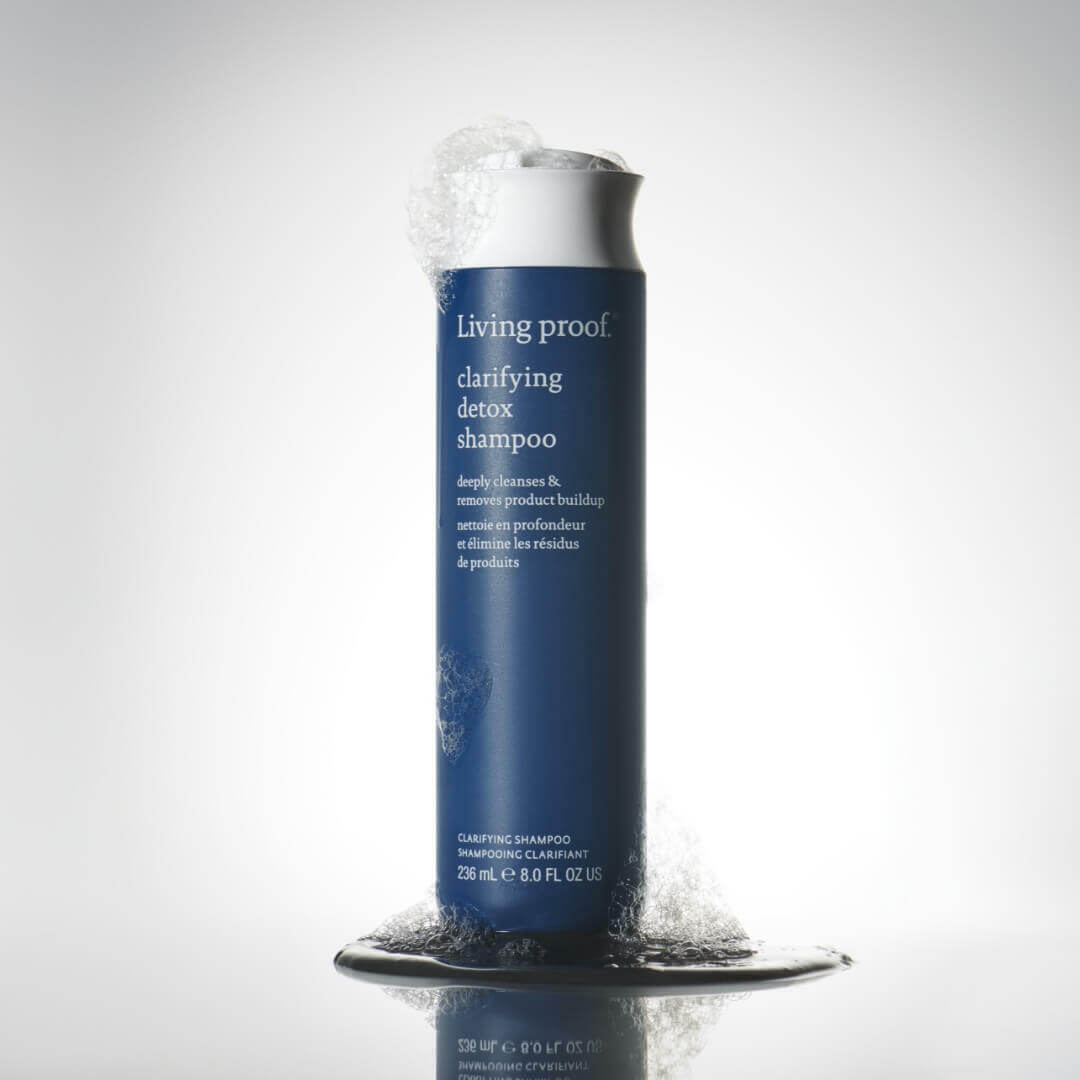
.png)